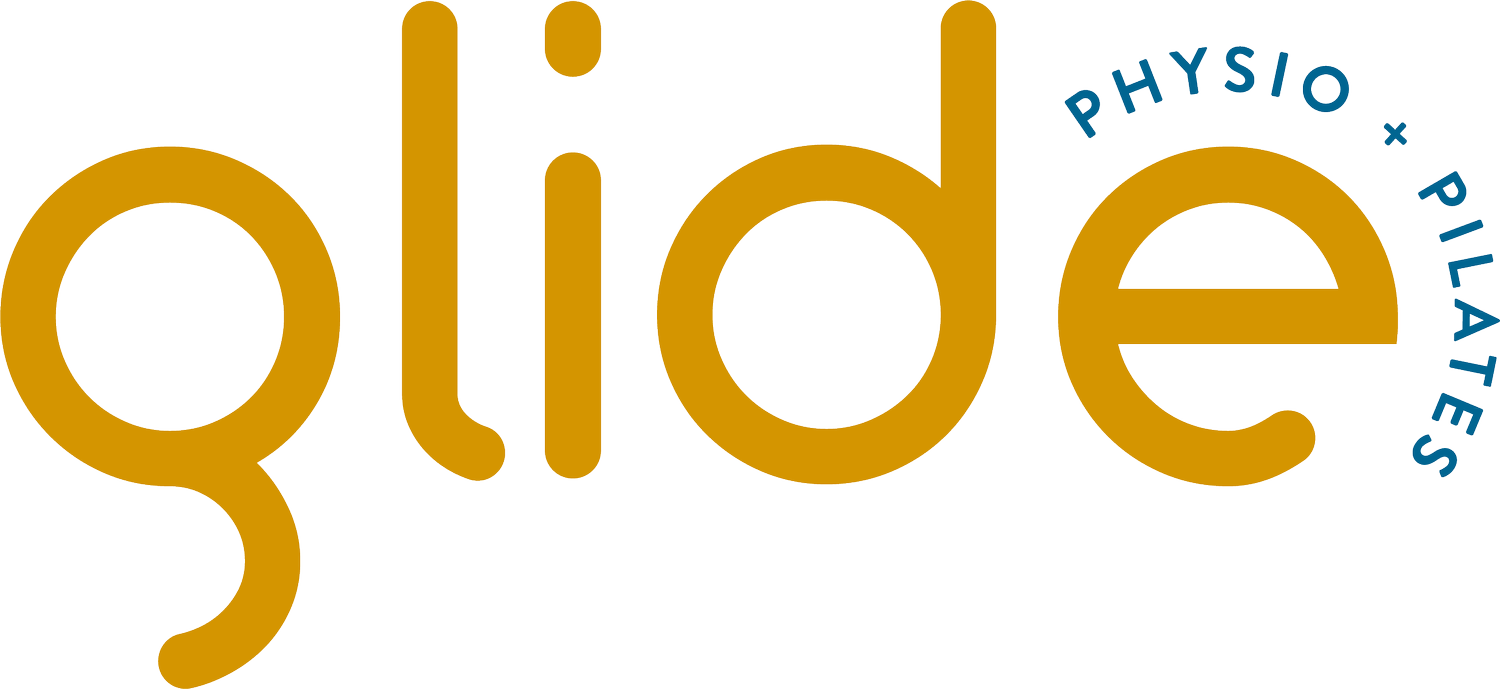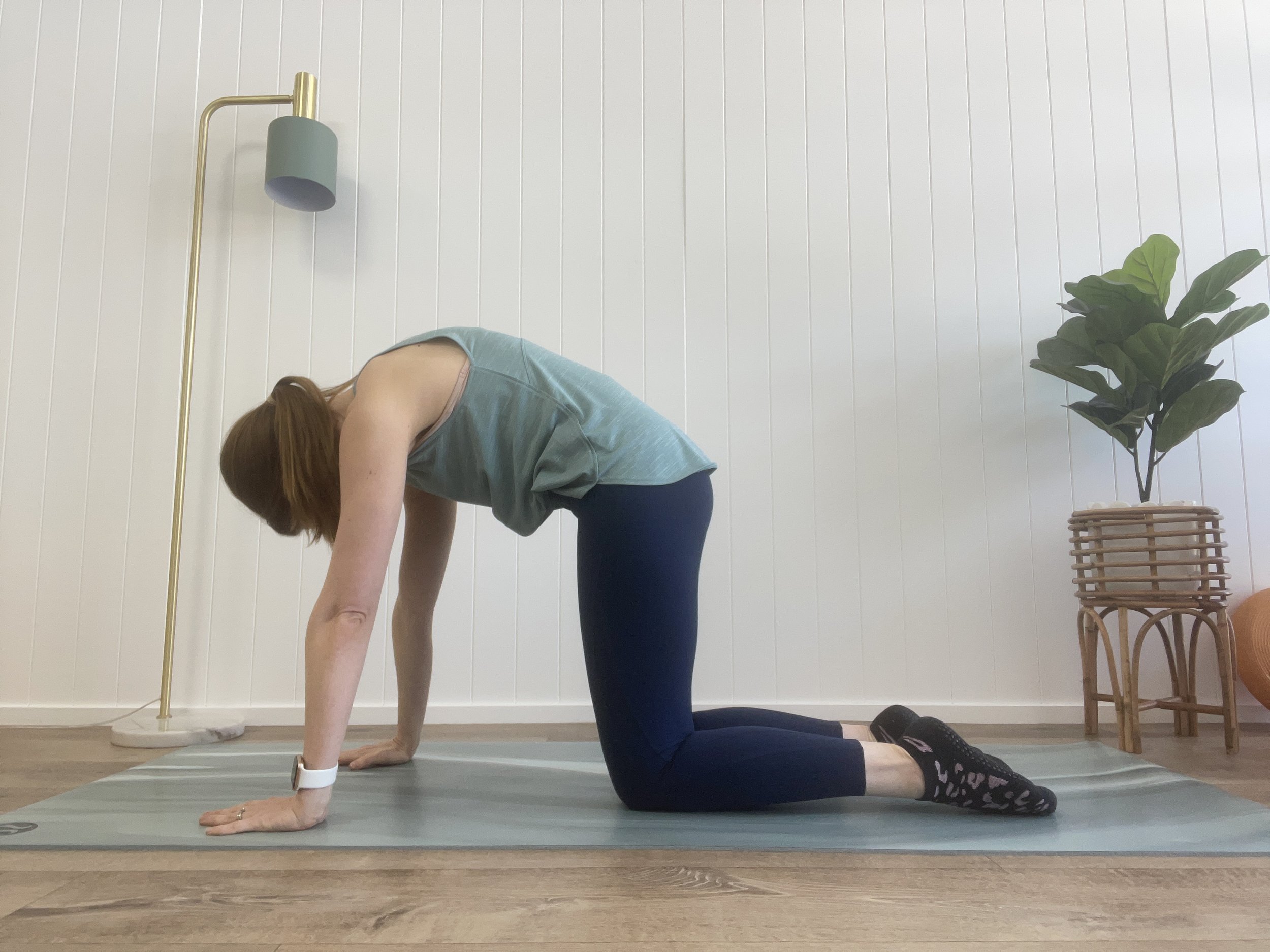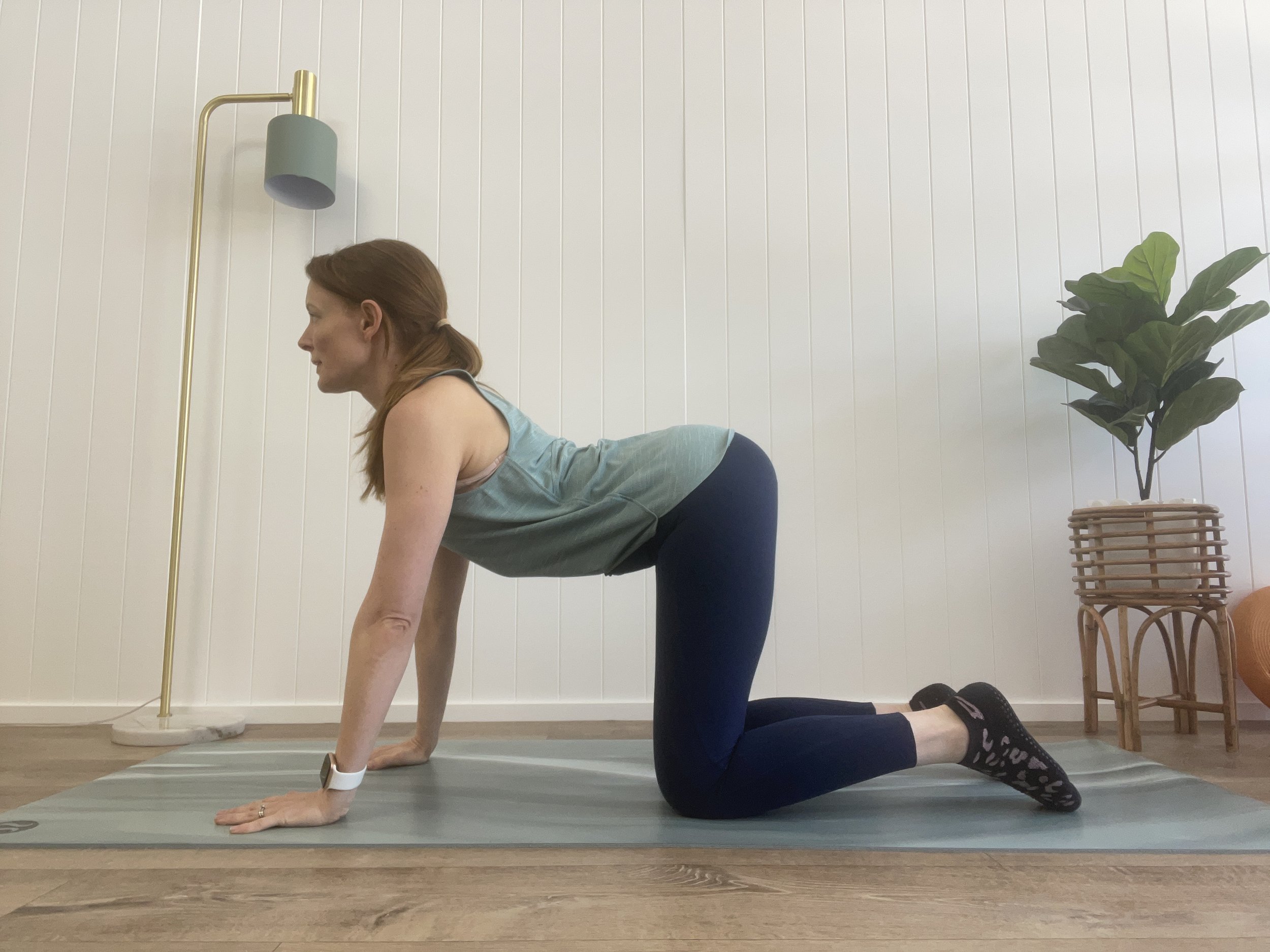Physiotherapy Postnatal Care: What to Expect After Your Baby is Born
Here is some honest and upfront information about what to expect from your body after you have your baby! If you're currently pregnant, I recommend you have a quick read and then save this for later reference.
Feel free to add comments or questions and let me know what you think.
Day 1-4
Your Bladder
After a vaginal birth, there will be swelling around your perineum, and with a caesarean delivery, you will have a catheter in place for a while. Both of these can affect your bladder sensation and its ability to empty. It’s important to ensure you are emptying your bladder every 3-4 hours when awake to prevent urinary retention.
Let your health practitioner know asap if you:
Can’t feel the urge to urinate
Don’t feel like you are emptying your bladder fully
Have gone more than 4 hours without urinating
Some women will leak for the first day or two after birth but don’t stress too much about it at this stage. It will often settle as your swelling decreases and your bladder adjusts to the pressure changes within your pelvis.
While we’re talking about bladders, it is completely normal to pass very high volumes of urine in the days after birth. Your body has a lot of extra fluid to get rid of, thanks to the extra blood volume typical with pregnancy and possibly some swelling too.
Toileting
You may never have given this topic much thought but having a bit of knowledge up your sleeve can make the process much more comfortable.
After a vaginal birth, it is likely to sting when you urinate, especially if you have any grazing or tearing of your perineum. You can help ease this by:
Weeing in the shower with the water flowing (no judgement right now, ladies!)
Leaning forward as you wee so the urine doesn’t touch the vagina or perineum
Taking Ural to make your urine less acidic
If you have any tearing or stitches, it may help to apply some pressure to support this area when you use the toilet. Try wrapping your hand in toilet paper or using a pad to press gently up against the perineum.
Now, onto the bowels.
Make sure your stool is as soft as possible – take Metamucil, stay hydrated, use Coloxyl if required and eat plenty of fibre (fruit, dried fruit, more fruit…)
Avoid straining – you don’t want to put your pelvic floor through that again!
When you feel the urge to go, go. Even if it means asking visitors to leave the room or stopping your baby mid-feed. If you put it off, it may be a while before the urge comes back, and by then, your stool will be harder to pass
If you have a caesarean wound, you may like to apply gentle pressure to it with a folded towel whilst using your bowels
When using your bowels, the best position is usually with your knees slightly higher than your hips and leaning forward. A foot stool might help with this. It helps to open up the rectum and avoid needing to strain.
Bleeding
Whether you have a vaginal birth or caesarean, there will be a significant amount of vaginal blood flow as the uterus sheds the lining that has housed your baby for the last nine months. This will be bright to dark red in the first few days and may contain some large clots of coagulated blood. You will need lots of large pads, which should be changed regularly to help keep your perineum dry. This bleeding, or lochia, will last up to 5-6 weeks, gradually changing to pink, brown, yellow and eventually white.
If you suddenly start passing larger volumes of blood or it suddenly becomes brighter red or you start passing clots again after the first couple of days, make sure you call your doctor or midwife straight away to get checked for any excessive bleeding.
Fluids
If breastfeeding, you will be encouraged to drink lots of water. For most women, 2L of total fluids is sufficient. Much more than this can place extra strain on your very tired pelvic floor muscles. Just drink when you feel thirsty and sip slowly rather than guzzling water as this is less likely to hit your bladder all at once (and cause those panicked runs to the toilet!)
Wound support
It is common to have some tearing and stitches around the vagina and sometimes even toward the anus after a vaginal birth. After a caesarean of course, there is a low abdominal wound that also needs support. Like any injury, it needs RICE - Rest, Ice, Compression and Elevation.
Rest – lie down! See below for more details.
Ice – small blocks of ice can be wrapped in a paper towel and placed inside your pad for 10-15 minutes. You can make these by freezing water in a condom or in the fingers of a plastic glove. You can also wrap ice in a tea towel and place it against your abdominal wound. Remember it is important to keep your wound dry so always change your pad after using ice.
Compression – for tummy wounds, hold a pillow or folded towel over it when coughing, moving in bed, using your bowels, etc. For perineal wounds, you can use folded towels on your seat and use an extra thick pad in your underwear.
The Blues
Around four days after having your baby, it is quite normal to feel very sad and become tearful. This is mainly due to the dramatic drop in the hormone oestrogen after birth and will settle after a few days. Allow your family and friends to support you during this time and be kind to yourself. Some women report that this can happen again at around two weeks after birth.
Remember that any persistent feelings of sadness, low mood or anxiety can indicate post-natal depression. If you feel this could be affecting you, reach out to your health professional or PANDA.
The First Two Weeks
Rest
For the first couple of weeks (or more), it is extremely important that you rest, rest, rest. Your pelvic floor and your surgical wound if you have one, need you to lie down as much as possible in order to heal. Standing, lifting and moving around puts a lot of load on your pelvic floor muscles. You will heal faster and function better in the long run if you allow yourself this time to rest.
This might mean:
Having a partner or family member bring the baby to you for feeds
Organising for any older children to be cared for by someone else
Arranging for meals to be delivered or preparing a supply of frozen meals for after your birth
Paying a cleaner (or requesting that as a baby shower gift!)
Having your groceries delivered – and someone else unpacking them for you
No exercise for at least a couple of weeks. If you want to go for a walk, keep it short, e.g. 10 minutes and don’t push the pram, carry the baby or walk the dog
If you have any perineal damage or a caesarean, you may need to wait even longer before exercising
Breast Care
Breasts can become swollen and engorged quite suddenly. If enough milk is not drained or if milk flow is impeded, the milk will be reabsorbed by the breast tissue. This can lead to a painful inflammatory condition called mastitis.
To help prevent mastitis:
Avoid any points of compression on the breasts from tight or ill-fitting clothing – there shouldn’t be a visible mark or crease on your skin when you remove your bra
You will likely need a much bigger bra when your milk ‘comes in’ 2-4 days after the birth. And if you continue breastfeeding, you may need a different size again
Take care to avoid tight elastic on breastfeeding singlets and avoid underwire bras
It can occur following a bout of poor feeding or a missed feed, so if this happens, make sure you express any excess milk.
The symptoms of mastitis can include:
Localised breast pain and a palpable hard area
A hot and red or blotchy area
Fever, aches and generally feeling unwell
Treatment for mastitis:
Most often, there is no infection, so antibiotics may not be necessary
Gentle massage of the breast tissue up towards the armpit helps to clear the inflammation caused by undrained milk
Ultrasound can be administered by a women’s health physio and is very effective and soothing
Feeding Positions
Every parent and their baby are different and you need to find what works for you. But in general, the following advice is helpful:
Feeding while reclined in bed is not ideal for your back, neck or healing perineum. You may be better off sitting in a firm upright chair or lying on your side.
Use pillows under your baby to bring them up to the height of your breast so that you don’t have to support their weight the whole time they’re feeding. It can take up to an hour!
For the same reason, use a foot stool or even a pile of thick books under your feet to help support the baby on your lap.
Avoid holding your head and neck in the same position for the whole feed. Try to stretch them in the other direction from time to time.
Ensure that your wrist is not taking the weight of the baby’s head for the whole feed, as it can get very sore
Try other breastfeeding positions such as the football hold or side-lying. It can take some practice to get used to it, but it’s nice for your body to have various options.
Your Tummy
First of all, it is completely normal and necessary for your rectus abdominus muscles to separate during pregnancy. That beautiful bump needs some room!
How much they separate will depend on many factors, such as your size, your baby’s size and the type of collagen fibres you inherited. So, in other words, factors outside of your control!
For most women, these muscle bellies remain connected, albeit stretched, and eventually come back together sufficiently (if not perfectly). This is not something you need to be concerned about right now, and it certainly isn’t a predictor for future back pain. If you have concerns after your 6-week check, please consult a women’s health physiotherapist for advice.
Also, be aware that you will probably still look pregnant for some time after your baby is born. This can come as a bit of a shock to some women! It will take a few weeks for your uterus to shrink back inside your pelvis* and for your fluid levels and swelling to settle down. So hold onto those pregnancy pants you’ve been living in for a while longer!
*You’ll probably feel cramps in your tummy for the first few weeks as your uterus shrinks down to pre-pregnancy size. These happen especially when breastfeeding and can be described as quite painful or very mild, depending on who you ask and how many babies they’ve had. All very normal, but a warm compress might provide some pain relief if required.
Beyond the first two weeks
Pelvic Floor Muscle Exercises
After a couple of weeks, once your pain and swelling have settled down, it is a good time to commence pelvic floor muscle training exercises. Start with gentle contractions, squeezing and lifting around your vagina and anus, and holding for a few seconds. You can slowly build up the number of repetitions to around 10 in a row and holding 5-10 seconds at a time.
If you have any concerns about your ability to do this, or any ongoing issues with your bladder or bowel function, book a consultation with a women’s health physiotherapist. Incontinence is very common after having a baby and can often be quite easily resolved with the right assessment and advice.
Spine Care
Regular gentle stretches can help manage or prevent any aches and pains that arise as a result of looking after your baby. Here are some basic ones which are suitable for most people:
Cat/cow
Shoulder rolls
Neck stretch side
Bow and arrow
General exercise
Wait until your six-week check-up before you commence any exercise beyond gentle walks, stretches and pelvic floor exercises.
You will be better off in the long run, allowing your body the time to recover fully from pregnancy and birth.
Once your doctor has cleared you to exercise, it’s a good idea to see a physiotherapist for a more specific plan to regain your strength and fitness. You may need to build up to certain exercises before jumping back into your previous routine.






